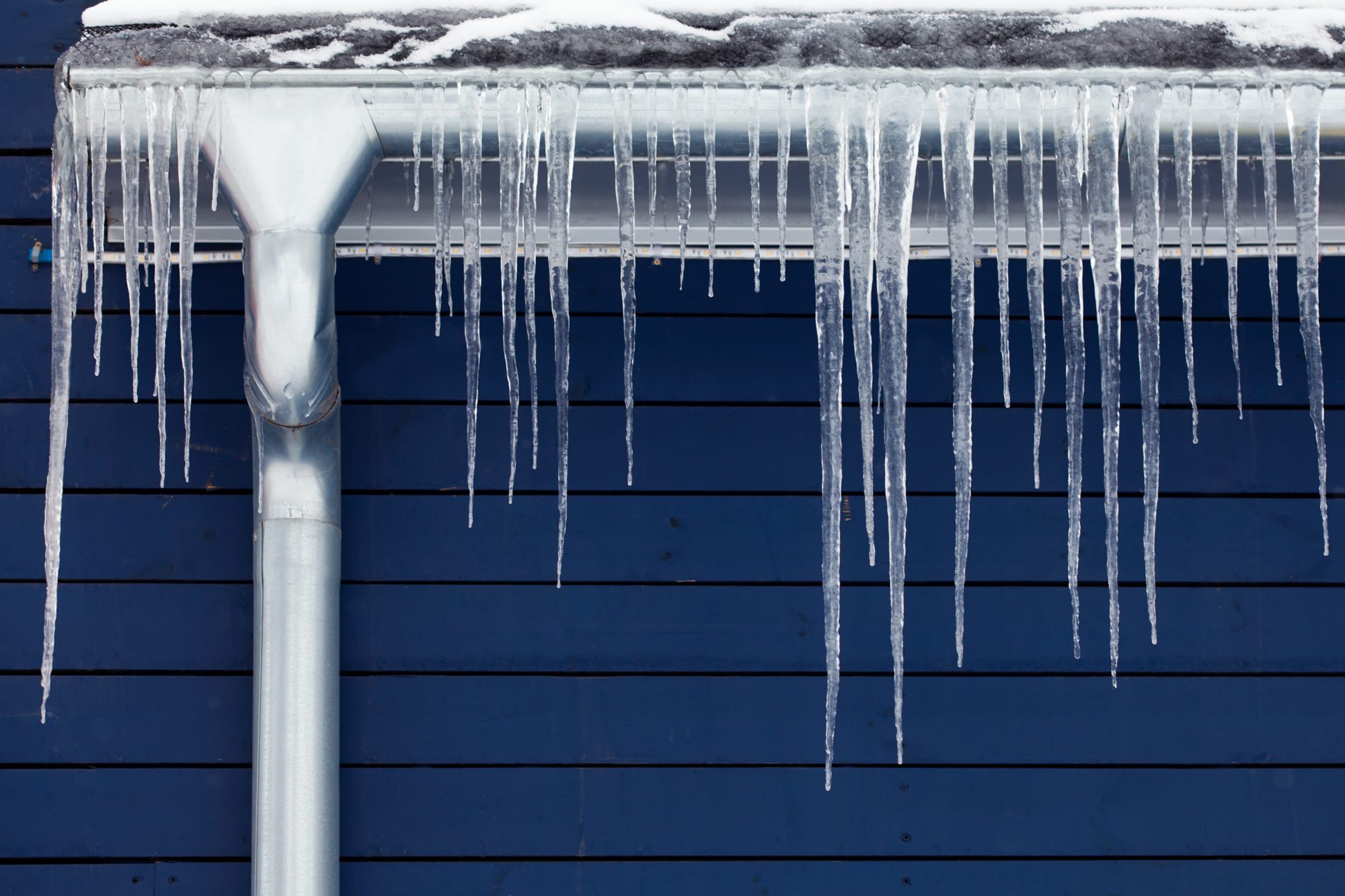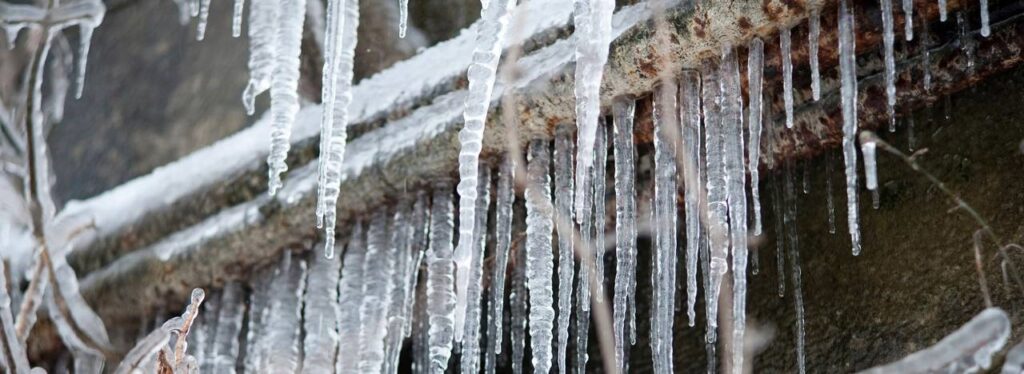Ways to Prevent Frozen Pipes in Winter: Pro Tips
Ways to Prevent Frozen Pipes in Winter: Pro Tips
Blog Article
We've discovered this article relating to Helpful Tips to Prevent Frozen Pipes this Winter down the page on the net and felt it made perfect sense to share it with you on this page.

Cold weather can ruin your pipes, specifically by freezing pipelines. Right here's just how to prevent it from occurring and what to do if it does.
Intro
As temperatures drop, the danger of icy pipes increases, potentially causing costly repair services and water damages. Understanding just how to avoid frozen pipes is critical for house owners in cool climates.
Prevention Tips
Insulating at risk pipes
Cover pipelines in insulation sleeves or make use of heat tape to protect them from freezing temperature levels. Concentrate on pipelines in unheated or exterior areas of the home.
Heating techniques
Maintain indoor spaces adequately warmed, especially locations with plumbing. Open up closet doors to allow warm air to flow around pipes under sinks.
How to identify icy pipes
Seek lowered water circulation from faucets, uncommon smells or sounds from pipes, and visible frost on exposed pipes.
Long-Term Solutions
Structural changes
Consider rerouting pipes far from outside walls or unheated locations. Include extra insulation to attics, basements, and crawl spaces.
Updating insulation
Invest in high-grade insulation for pipelines, attic rooms, and walls. Proper insulation assists keep consistent temperatures and lowers the risk of frozen pipelines.
Securing Outside Pipes
Yard hose pipes and exterior taps
Detach and drain garden hoses before winter. Install frost-proof spigots or cover outside taps with insulated caps.
Comprehending Frozen Pipelines
What causes pipelines to freeze?
Pipes freeze when revealed to temperatures below 32 ° F (0 ° C) for prolonged periods. As water inside the pipes ices up, it expands, putting pressure on the pipeline wall surfaces and potentially triggering them to break.
Risks and problems
Icy pipes can bring about supply of water disruptions, residential or commercial property damage, and pricey fixings. Burst pipelines can flood homes and create substantial structural damages.
Indications of Frozen Piping
Identifying icy pipelines early can prevent them from breaking.
What to Do If Your Pipelines Freeze
Immediate activities to take
If you think icy pipelines, keep faucets open to relieve pressure as the ice melts. Make use of a hairdryer or towels soaked in warm water to thaw pipelines slowly.
Verdict
Protecting against icy pipes calls for proactive steps and quick actions. By comprehending the reasons, indicators, and preventive measures, house owners can shield their plumbing throughout cold weather.
5 Ways to Prevent Frozen Pipes
Drain Outdoor Faucets and Disconnect Hoses
First, close the shut-off valve that controls the flow of water in the pipe to your outdoor faucet. Then, head outside to disconnect and drain your hose and open the outdoor faucet to allow the water to completely drain out of the line. Turn off the faucet when done. Finally, head back to the shut-off valve and drain the remaining water inside the pipe into a bucket or container. Additionally, if you have a home irrigation system, you should consider hiring an expert to clear the system of water each year.
Insulate Pipes
One of the best and most cost-effective methods for preventing frozen water pipes is to wrap your pipes with insulation. This is especially important for areas in your home that aren’t exposed to heat, such as an attic. We suggest using foam sleeves, which can typically be found at your local hardware store.
Keep Heat Running at 65
Your pipes are located inside your walls, and the temperature there is much colder than the rest of the house. To prevent your pipes from freezing, The Insurance Information Institute suggests that you keep your home heated to at least 65 degrees, even when traveling. You may want to invest in smart devices that can keep an eye on the temperature in your home while you’re away.
Leave Water Dripping
Moving water — even a small trickle — can prevent ice from forming inside your pipes. When freezing temps are imminent, start a drip of water from all faucets that serve exposed pipes. Leaving a few faucets running will also help relieve pressure inside the pipes and help prevent a rupture if the water inside freezes.
Open Cupboard Doors
Warm your kitchen and bathroom pipes by opening cupboards and vanities. You should also leave your interior doors ajar to help warm air circulate evenly throughout your home.

We had been guided to that report about How to prepare your home plumbing for winter weather through a buddy on our other web address. Appreciated our entry? Please share it. Help another person check it out. Thanks so much for your time invested reading it.
Click Here Report this page